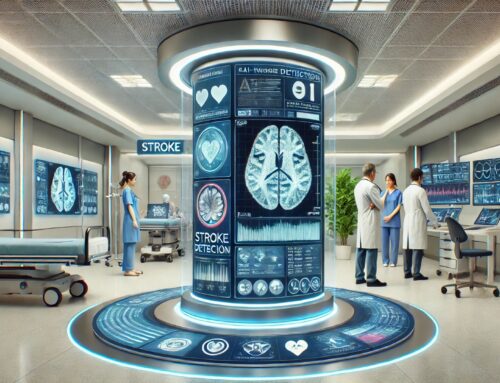Open Health Network (OHN) announced the launch of PatientSphere 2.0 for Cardiology, an online system that connects a team of diverse providers to tightly coordinate care for patients with chronic heart conditions. The system offers an evidence-based approach to the real-time integration of every aspect of chronic cardiology care, delivering improved patient outcomes and reducing complexity costs.
PatientSphere 2.0 is a personalized, HIPPA-compliant, care coordination management system for chronic disease patients that creates seamless communication between the patient and the entire care team. Using AI-driven triage and care management capabilities, the system is highly adaptive to a wide range of diseases and conditions that require team care.
PatientSphere 2.0 for Cardiology is the adaptation of the technology platform for the care of chronic heart disease. The tight connection with the patient and among members of the team delivers a program of care that is more accurate, more convenient, more personalized, more accessible and more complete.
“PatientSphere 2.0 for Cardiology enables real-time integration of every single aspect of chronic care management from medication to exercise, nutrition, sleep, educational materials, motivational materials and everything in between,” said Tatyana Kanzaveli, OHN CEO and co-founder. “This offering from Open Health Network is the only system on the market that does this to this degree.”
The system’s power comes from enabling true, inter-disciplinary coordination between patients and all caregivers, regardless of subspecialty or organization affiliation. An administrator can invite all others affiliated with that patient’s care to participate, giving them all instant, simultaneous access to each other’s data – including fully integrated data from sources such as wearable devices, sensors, smart phones, web browsers, apps, patient-reported data, claims data, EMRs/EHRs and health care systems. Using that data, it creates AI algorithms to make smart, personalized and adaptive health solutions.
PatientSphere 2.0 for Cardiology was tested, deployed and credentialed by one of the nation’s leading hospitals for children, which used the system during the summer of 2020 for research and clinical applications, with a planned extension into prevention for 17,000 patients, particularly those living with cardiomyopathy.
“This system allows everyone on our care team to have to the same data in real-time and enables us to make and modify treatment plans quickly and easily,” said Kimberly Lin, MD, a cardiologist treating cardiomyopathy, who helped credential the system. “That ability to individualize really sets this system apart. We can give patients individualized recommendations and receive feedback immediately, without them having to come into the clinic; and we know instantly if the patient is doing the prescribed exercises as directed and what effect it’s having on their vitals.”
The system’s ability to deliver real-time care through virtual interactions is aligned with the growing shift to remote patient care that accelerated with the COVID-19 pandemic. This aspect of the platform is ideal for patients suffering from chronic illnesses as well their caregivers, because it allows for the implementation of a complex care plan with a minimum of required in-person visits.
“As a cancer survivor, I know how important real-time care can be; when you’re battling a chronic illness, you have less time, less energy, less ability to drive or travel to the doctor,” said Kanzaveli. “The PatientSphere 2.0 system enables this to a degree that’s never been done before. The diagnostics, educational material, surveys, assessment tools and treatment plans are all right in front of you. The system updates your calendar for you and reminds you what you need to do and when.”
PatientSphere 2.0 for Cardiology incorporates all the capabilities of its predecessors, PatientSphere and Constant Care. The system also can be modified to support research, clinical and prevention applications in many other indications, both common and rare diseases, including cancer, gastrointestinal disease, diabetes, asthma and sickle cell disease.
Powered by AI and Big Data, the PatientSphere 2.0 system features a fully integrated framework with built-in, easy-to-use templates, surveys and assessment tools that are supported in all languages. Personalization, gamification and recommendation engines enable advanced functions across all apps and chatbots. In addition, it uses Blockchain technology to communicate data securely and accurately, and different permission levels are available so that sensitive information remains private and the system remains HIPPA-compliant.
PatientSphere 2.0 has been thoroughly tested, deployed and credentialed for many subspecialties by a number of the world’s leading hospitals, health care facilities and research centers, including Cleveland Clinic, Mount Sinai Hospital, New York University, UCSF, UCLA and others.
About Open Health Network
Headquartered in Mountain View, Calif., Open Health Network seeks to provide a better, more complete way to manage chronic diseases through integrated, sophisticated and adaptable technology. For more information, visit www.openhealth.cc/home.












